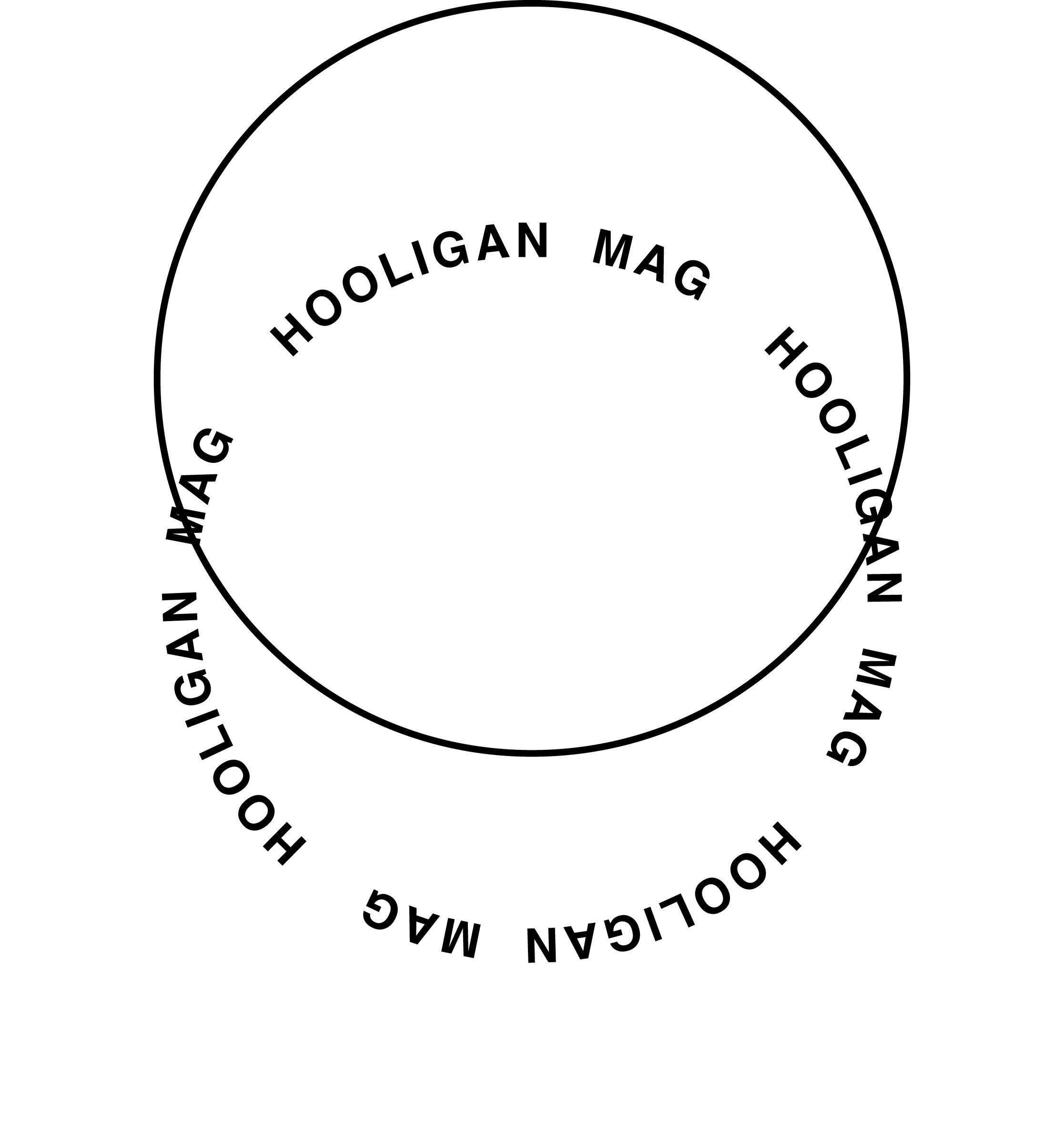Inside Issue #20: The Black Aesthetic Collective: 'To be announced', 'to be assessed', and 'to be actualized'.
By Taylor Yates
With an organic ambition to critique and expose the underground beauty of black cinema, The Black Aesthetic Collective succeeds at creating a space for the analysis of contemporary and classic black film. When I began to research the project, I read the Black Aesthetic’s book, a documentation of criticisms and artistic reactions to the films and interviews. Somehow, it all felt familiar, I could feel it physically. This was something so special, and so private, so mysterious, and so powerful that I could feel the power of it’s discovery through the words of the authors and the passion of the collective’s contents.
I set up an appointment to speak with three members of the collective over Skype: Leila Weefur (the grounded Leo), Ryanaustin Dennis (the tumultuous Cancer), and Zoe Samudzi (the Scorpio waiting patiently for someone to come for her so she can gladly remind them that she is not the one). Together, we talked about the event, their processes, and what it took to create the screening and the pieces in response to the films. When the call connected, there was light surrounding them, 8pm in Chicago, 5pm in Oakland. I was welcomed by big smiles and friendly hellos. We started off by speaking about our astrological signs. Zoe, elated that I was a Scorpio welcomed me as her sister saying, “That’s what’s up! That’s what’s up! That’s what's up!” Leila, is the one that keeps everyone grounded in their ideas, and Ryan is the sweet visionary that curates the emotional vision of the project.
by Ed Nitri
To get us started, directly from the artists, I’d like to give you the floor and sort of let you openly speak about the collective. A first date synopsis of how y'all birthed this project, in your own words.
RA: I recently moved here to Oakland. I was born in Oakland, and I came back after I’d gotten fired from an AD tech job. I think that the Black Aesthetic started out of a desire to to find community, and find black creative culture. [I wanted] to make a home for people, make a home for myself. I tried to find people that I connect with and practice with, and I found that. Through those first eight weeks and into that second season, we are in a community. This collective is seven people, collaborating with other collectives. The first publication was a lot of work, but the pleasure of being able to see everyone together in that moment was so immense and being able to bring that together. It was such a big moment to be apart of that black cultural movement that was happening on the West Coast.
Could you talk about the process of putting together the pieces you included in the book, rounding up all the work? I also noticed themes of accessibility, sexuality, black femme independence, escapism, maybe some black introversion. Could ya’ll shed some light on some of the integral themes that holds the message of this project together?
L: Drylongso (1998) is a very special film to me. It was filmed right here in Oakland, and I’m from Oakland, born and raised, which is a rarity around here. I’ve been here to see the black community dissolve. But, I think revisiting this film during the first season of the black aesthetic, I was looking for a black community. I had just graduated from college from doing my MFA program and there were no black people, and that’s in Oakland. How can I find other black creatives that are interested in film, is that really a niche? So I came to the first season and Drylongso was the first one I came to, and Colleen Smith was in the Oakland community during a time where blackness was just ever-present and that’s what inspired me to create the piece.
Is there any advice you could give to fellow artists? Any advice for artists who are trying to form their own collectives?
Z: It’s important to have balancing forces. You need to have people that are different from you and create a balance. You also have to take your ego out of it.
L: Yeah, but it’s also vital to hash out and debate over ideas for the health of the collective as well. Get over any grievances of any issues that we have and just move through it. If you let those kinks remain there, then it’s stagnant.
R: I’m still learning how to be a team member, and how to give and take.
Z: Also with the collective the thing that’s important to remember, is that the art that you make for the collective isn’t yours. It belongs to the collective, and the collective effort and the community that you're trying to produce and make a space for. I think it can get really easy for artists to get incredibly possessive over the things that they create because they’re trying to make money, or they wanna get this award or whatever. It becomes easy, in art spaces that are ego-driven, for your work to be an extension of yourself and a part of your ego. As a Scorpio, it’s hard for me to part from that! But also, I prefer to work in groups when it comes to creative things; as opposed to academia where everyone is wrong except me!
After laughing and talking about blackness and art and wine, I could feel the love from hundreds of miles away. I thought to myself: that this is what the project's purpose is, accessibility and community. Accessibility is the underlying force that drives this project. Uncovering the intimate and complex nature of blackness with a dialogue, and having said dialogue actually reach the audience it was intended for.



